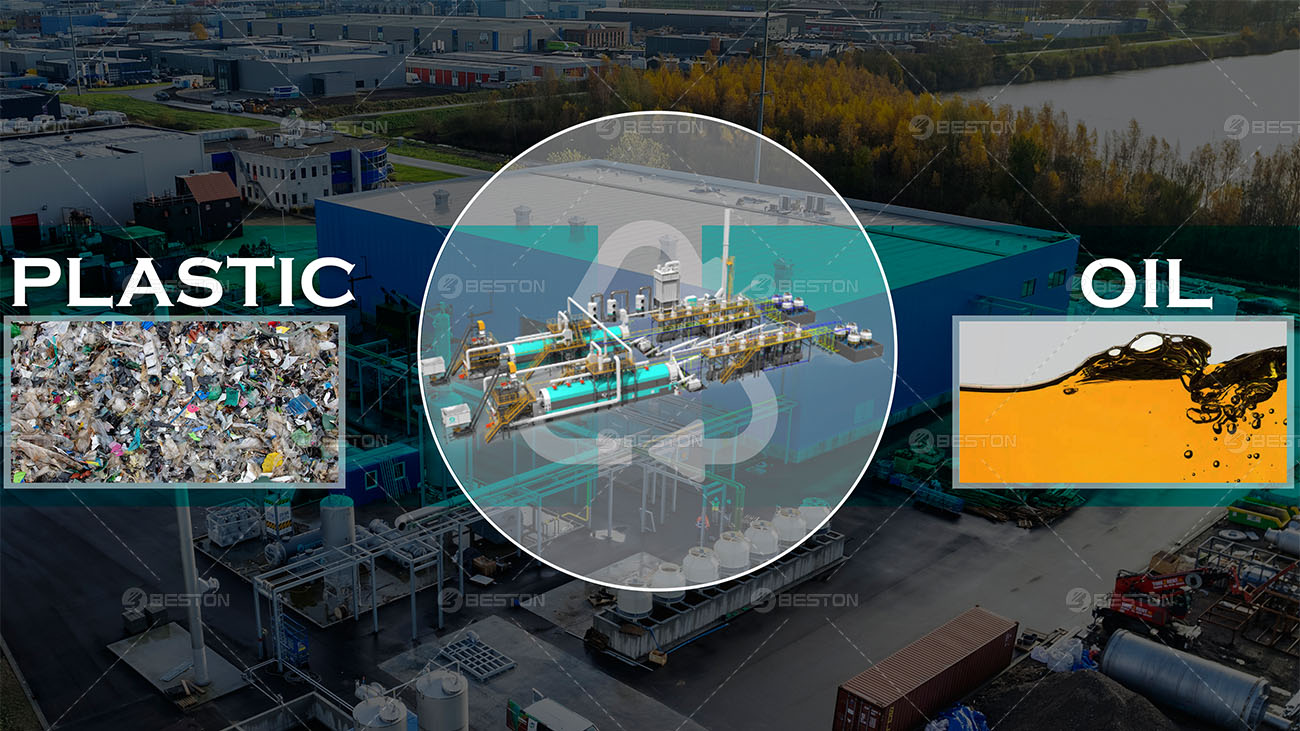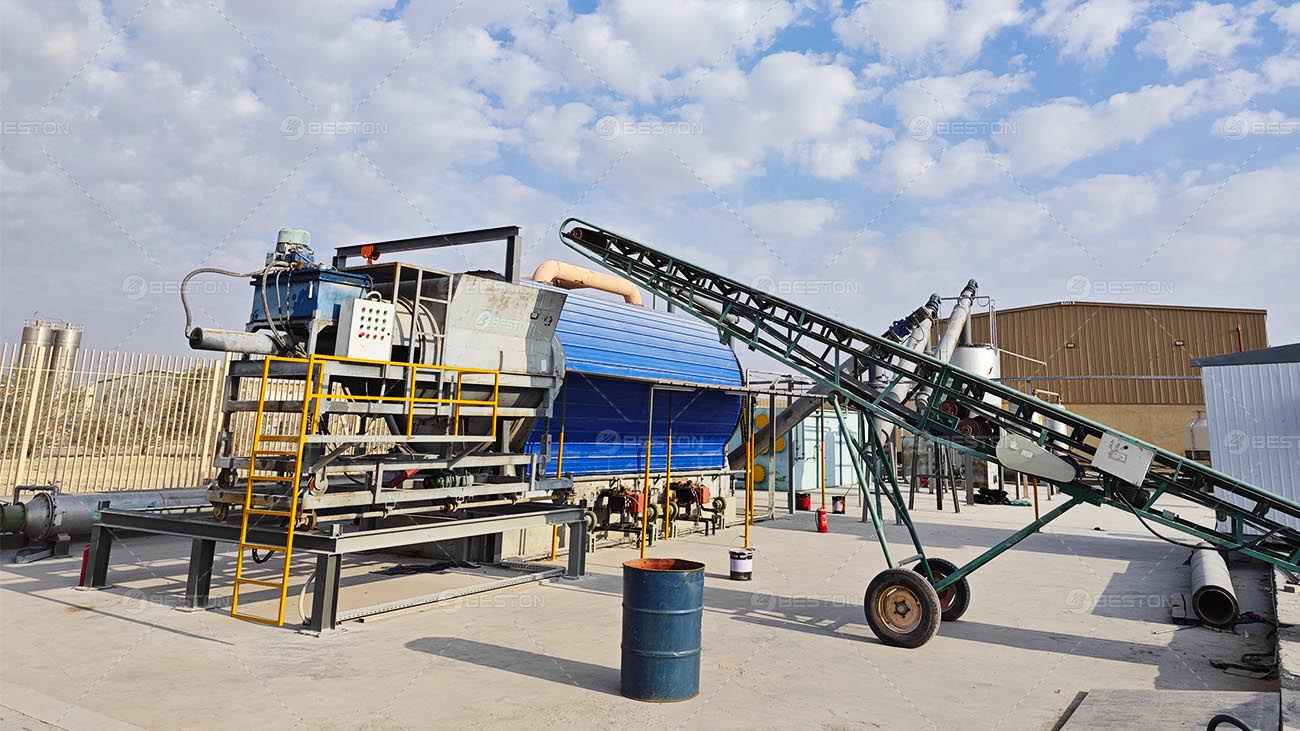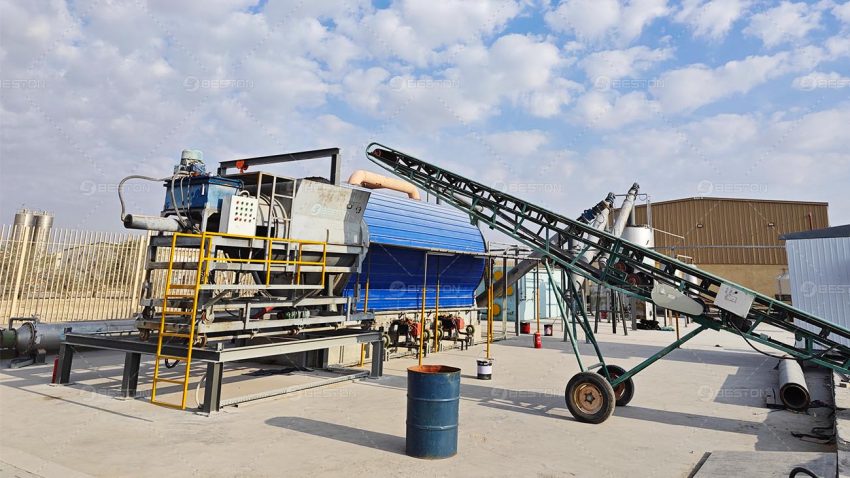The operational efficiency and output quality of a pyrolysis system are directly influenced by its feedstock versatility. In an industry increasingly driven by circular economy principles and resource recovery, choosing suitable raw materials is fundamental. Whether considering a pyrolysis plant for sale or optimizing existing infrastructure, the compatibility of input waste types plays a pivotal role in ensuring both economic return and environmental compliance.
Key Feedstock Categories
1. Waste Plastics
Plastic waste remains one of the most prevalent and energy-dense feedstocks for pyrolysis. High-yield polymers such as polyethylene (PE), polypropylene (PP), and polystyrene (PS) are particularly suitable for conversion into pyrolysis oil, syngas, and wax. These materials exhibit high volatile content and low ash residue, making them ideal for plastic pyrolysis equipment designed for thermal stability and hydrocarbon recovery.
Chlorinated plastics such as PVC, however, are typically excluded due to their release of corrosive hydrogen chloride during decomposition. Pre-sorting and preprocessing systems are therefore essential to maximize oil quality and minimize emissions.

2. End-of-Life Tyres
Scrap tyres are widely used in tyre oil plant operations due to their high carbon content, inherent calorific value, and availability. Each tonne of tyre waste can yield up to 450 liters of pyrolysis oil, along with carbon black and recyclable steel wire. Their rubber matrix, composed primarily of styrene-butadiene and natural rubber, breaks down effectively under controlled thermal desorption conditions.
Batch or continuous tyre pyrolysis setups must accommodate steel separation units and efficient carbon black discharge systems to manage the solid byproducts. Additionally, the presence of reinforcing agents and fillers requires robust reactor linings and wear-resistant conveyors.

3. Oil Sludge
Industrial byproducts such as oil sludge, drilling waste, and hydrocarbon-contaminated soil are increasingly being processed using thermal desorption equipment. These feedstocks, although more complex, are valuable for recovering base oil fractions and reducing hazardous waste volume.
Unlike solid waste streams, these materials require precise thermal profiles to volatilize hydrocarbons without compromising soil integrity. The inclusion of inert gas flow, multi-stage condensers, and scrubbers is critical to ensure safe processing and emissions control.
Matching Feedstock to Equipment
Selecting the right feedstock must align with the design and operational capabilities of the system—whether one is evaluating a plastic pyrolysis equipment line, a tyre oil plant, or advanced thermal desorption equipment. Units offered as a pyrolysis plant for sale should specify acceptable feedstock ranges, pre-treatment requirements, and output yield expectations.
Modular systems with interchangeable feeding lines and reactor types offer greater adaptability across diverse waste streams. These configurations are particularly valuable in regions with heterogeneous waste sources or variable waste availability.
Conclusion
Feedstock flexibility determines the long-term viability and environmental performance of a pyrolysis plant. Materials such as sorted plastics, scrap tyres, industrial sludge, and biomass each present distinct advantages and technical considerations. By aligning feedstock selection with equipment specifications—be it plastic pyrolysis equipment, thermal desorption systems, or a tyre oil plant—operators can ensure high conversion efficiency, regulatory compliance, and maximum value recovery.
